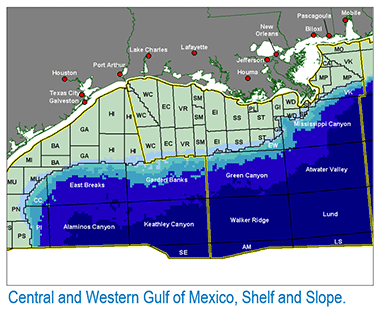Offshore Gulf Coast CO2-EOR and Pipeline Infrastru...
Many of the most prolific oilfields in the United States are located in the offshore Gulf of Mexico. The great bulk of these oilfields are amenable to CO2-EOR, creating an opportunity for both increasing domestic oil and gas supplies as well as generating potential large-scale commercial carbon storage opportunities. However, the delivery of CO2 to these oilfields requires an understanding of not only the pipeline construction costs and logistics, but also the potential CO2 required to facilitate CO2-EOR demand for these giant oilfields. As such, this is the first of its kind infrastructure and demand module linking onshore CO2 hubs to offshore oilfields with CO2-EOR potential.
Features:
- Pipelines are built from onshore CO2 hubs to offshore Gulf of Mexico anchor fields, with the flexibility to adjust hub locations, if required.
- Sizing of pipelines determined by segment length, maximum flow rate, inlet and delivery pressures, as well as operating efficiency.
- Costs are calibrated to actual projects and consider flow rates, transmission efficiency, segment lengths, number of booster stations (if required), inlet and outlet pressure requirements, as well as the price of electricity.
Oilfield
- Oilfield characteristics are derived from our world class offshore big oilfield database.
- These parameters dictate the demand from each field necessary to produce the tertiary oil. These parameters include, among others:
- Oil endowment and location of each offshore oilfield,
- Depth, thickness, permeability, porosity and remaining oil saturation, and
- CO2 demand, incremental oil production, and storage volume
Rating
Visits
2,008
Redirects
457
Don't Miss Out! Get the Best Deal on this Software - Email Us Now!

